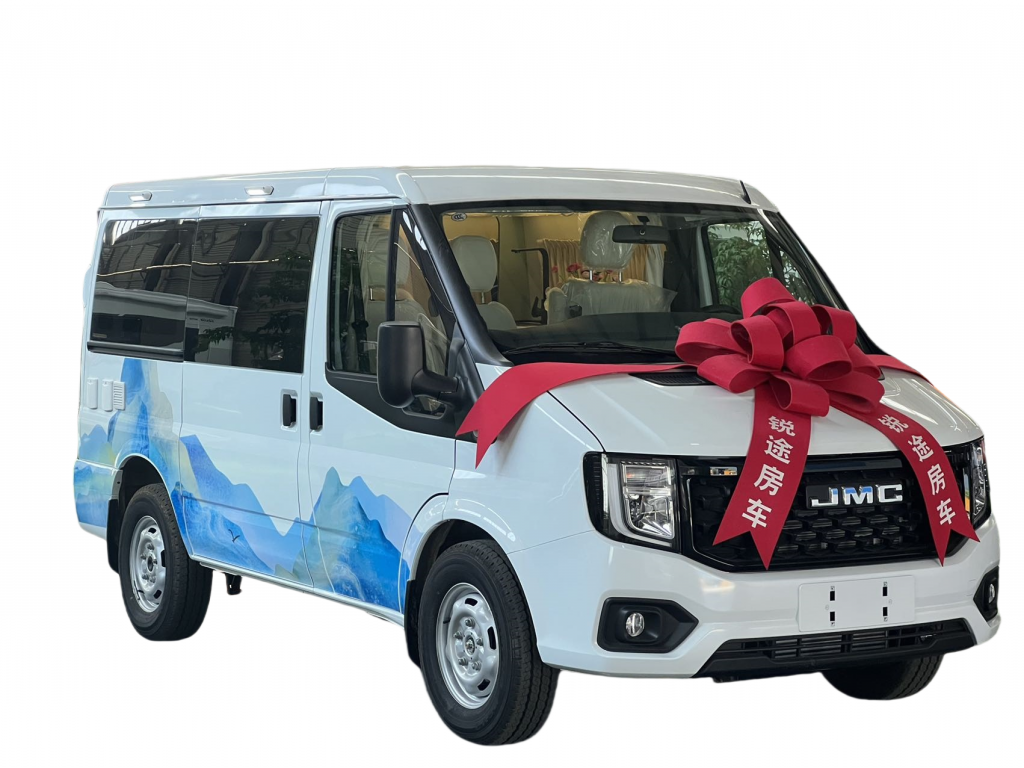Introduction
Crane trucks, also known as boom trucks or mobile cranes, are versatile vehicles used in a wide range of industries for lifting and moving heavy loads. One of the key components of a crane truck is the cab configuration, which plays a crucial role in the overall functionality and efficiency of the vehicle. In this article, we will explore the various crane truck cab configurations available in the market, highlighting their features, advantages, and applications.
1. Standard Cab Configuration
The standard cab configuration is the most common setup found in crane trucks. In this configuration, the cab is located at the front of the vehicle, providing the driver with a clear view of the road and the work area. work truck accommodates the driver and one or two passengers, depending on the size of the truck.
Features:
- Spacious interior with comfortable seating for the driver and passengers
- Ergonomically designed controls and dashboard for easy operation
- Visibility aids such as large windows and mirrors for enhanced safety
- Climate control system for driver comfort in various weather conditions
Advantages:
- Provides a familiar and user-friendly environment for the driver
- Easy access to the cab for loading and unloading operations
- Allows for seamless communication between the driver and crew members
Applications:
- Construction sites
- Utility work
- Landscaping projects
2. Extended Cab Configuration
The extended cab configuration is designed to provide additional seating capacity for crew members or equipment operators. In this setup, the cab is extended to accommodate more passengers or storage space, making it ideal for projects that require a larger crew or additional equipment.
Features:
- Extra seating or storage space behind the driver's seat
- Foldable or removable seats for flexibility in configuration
- Built-in storage compartments for tools and equipment
- Rear access doors for easy entry and exit
Advantages:
- Increases the vehicle's versatility by accommodating more crew members or equipment
- Improves efficiency by allowing crew members to travel together to the job site
- Provides a comfortable and functional workspace for extended work periods
Applications:
- Utility maintenance
- Telecommunications projects
- Tree trimming services
3. Crew Cab Configuration
The crew cab configuration is specifically designed to transport a full crew of workers to the job site. This setup features a spacious cab with multiple seating rows to accommodate up to six passengers in addition to the driver. The crew cab configuration is ideal for projects that require a large crew to work together on-site.
Features:
- Multiple rows of seating with individual seatbelts for passenger safety
- Rear HVAC system for climate control in the crew area
- Ample headroom and legroom for passenger comfort
- Enhanced sound insulation for a quieter ride

Advantages:
- Allows for efficient transportation of a full crew to the job site
- Enhances crew morale and teamwork by enabling them to travel together
- Improves safety by providing designated seating for all passengers
Applications:
- Road construction
- Bridge maintenance
- Emergency response services
4. Sleeper Cab Configuration
The sleeper cab configuration is designed for crane trucks that require overnight stays on the job site or long-distance travel. This setup features a compact sleeping area behind the driver's seat, complete with a bed, storage compartments, and basic amenities for comfort and convenience.
Features:
- Foldable or bunk-style bed with bedding and pillows
- Storage compartments for clothes, personal items, and work gear
- Mini-fridge, microwave, and coffee maker for basic food and beverage preparation
- Privacy curtains or blinds for restful sleep
Advantages:
- Enables drivers to rest and recharge on-site or during long-haul trips
- Reduces the need for separate accommodations or hotel stays
- Increases productivity by minimizing downtime for the driver
Applications:
- Long-distance hauling
- Remote construction sites
- Disaster relief operations
Conclusion
In conclusion, crane truck cab configurations play a crucial role in the functionality and versatility of these versatile vehicles. Whether you opt for a standard cab, extended cab, crew cab, or sleeper cab configuration, each setup offers unique features and benefits to suit different project requirements. By understanding the various cab configurations available in the market, operators can choose the right setup to optimize efficiency, safety, and comfort on the job site.
